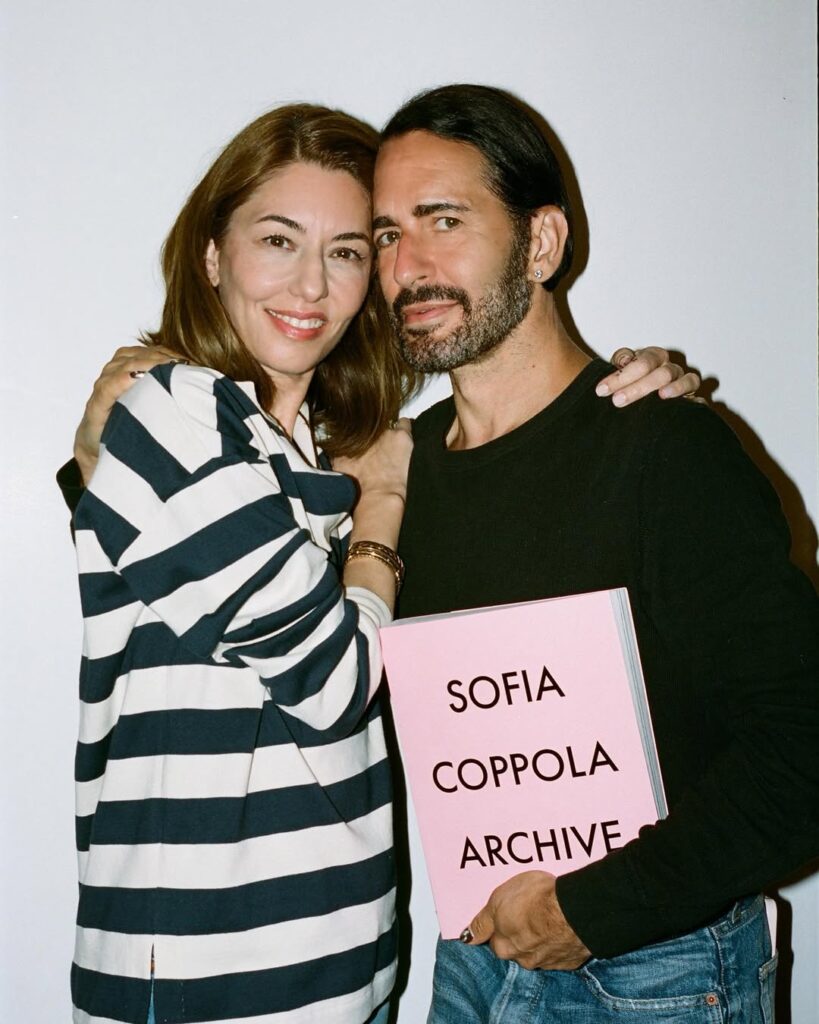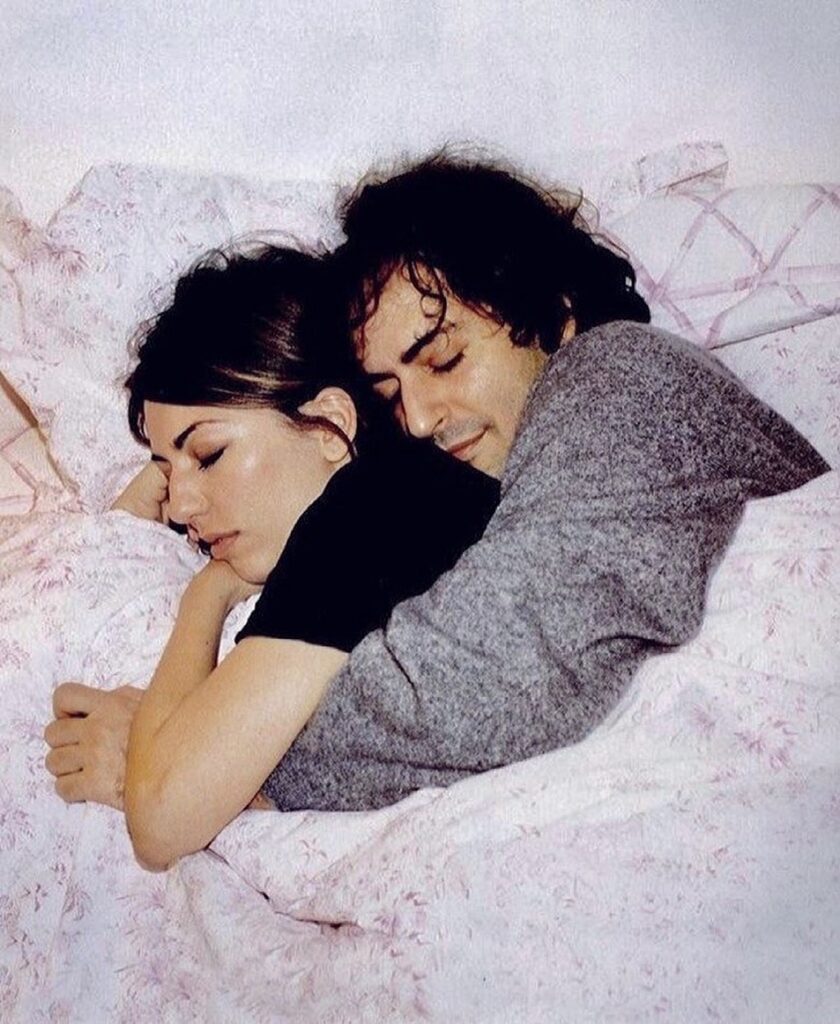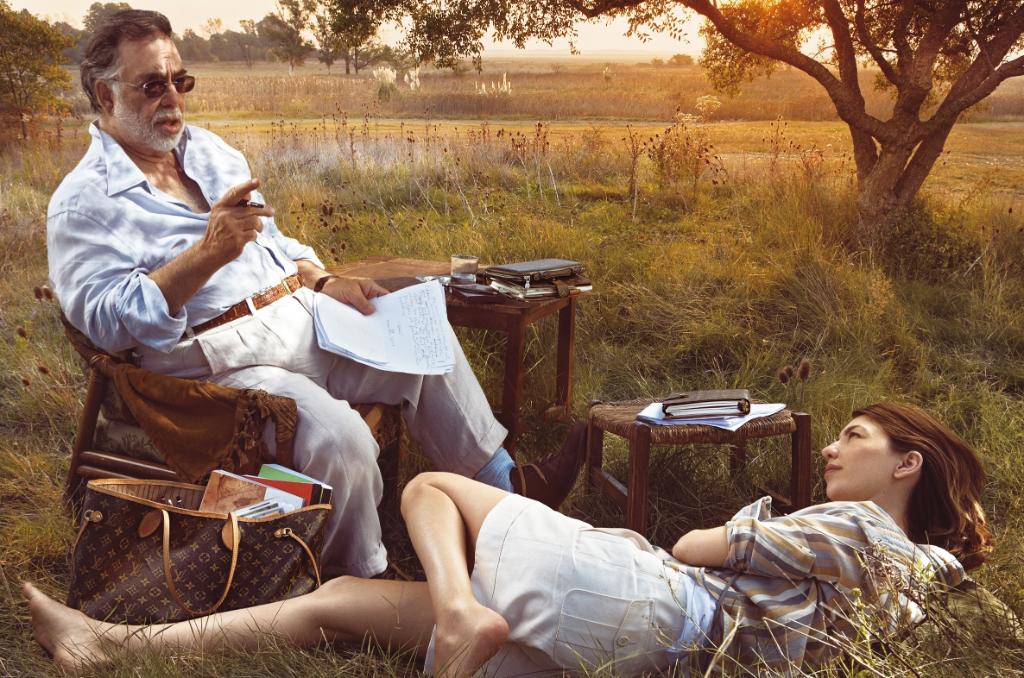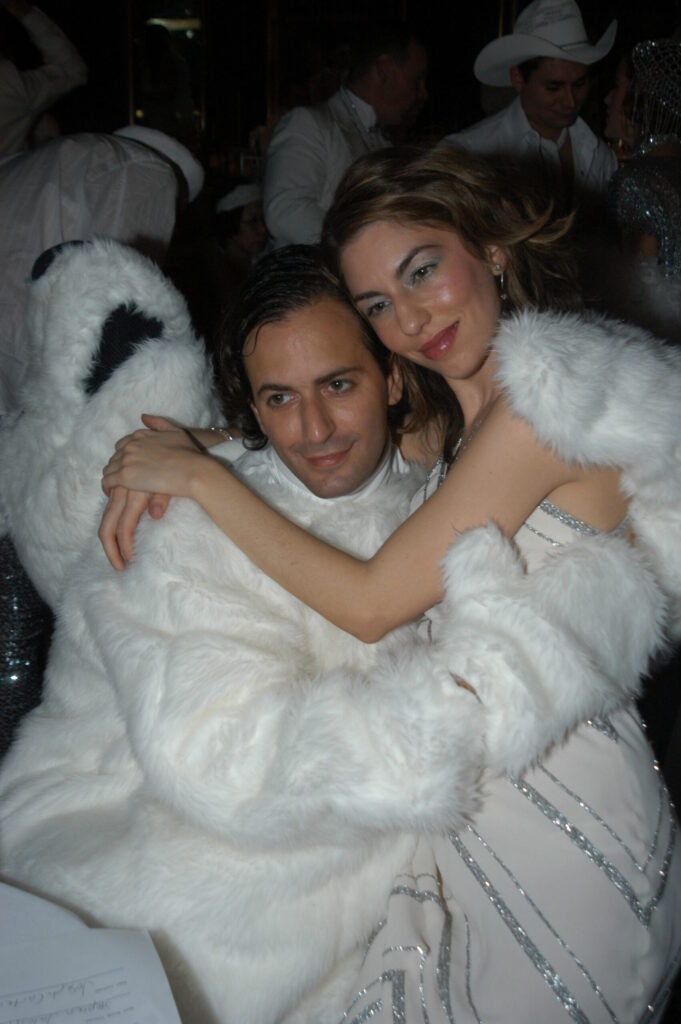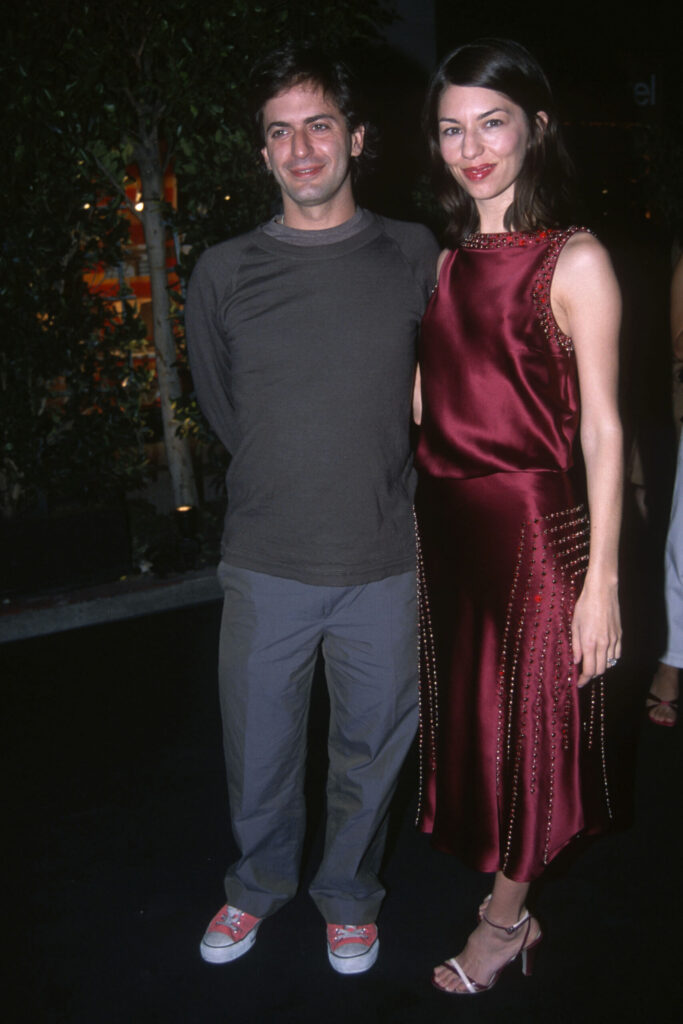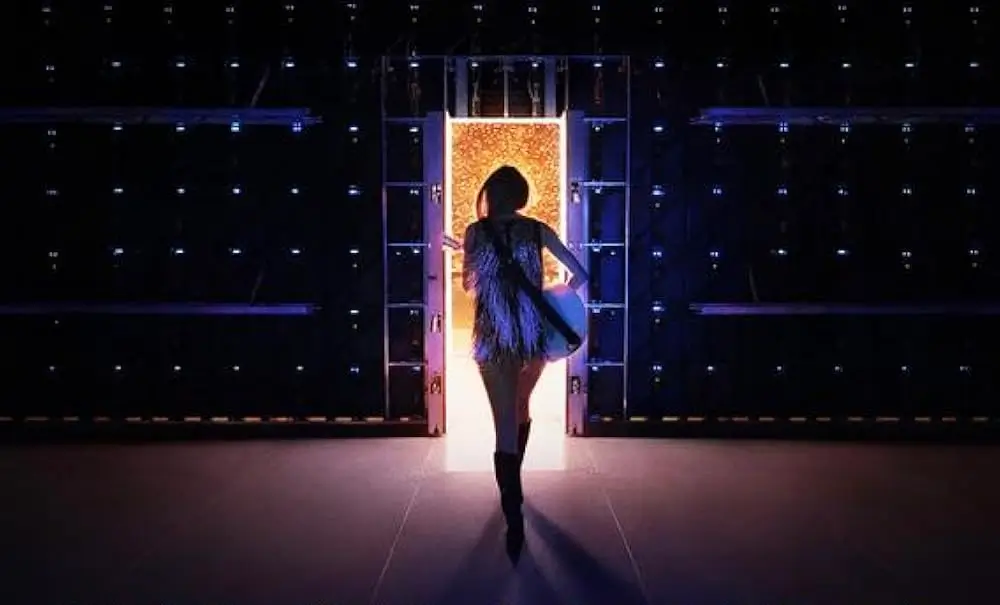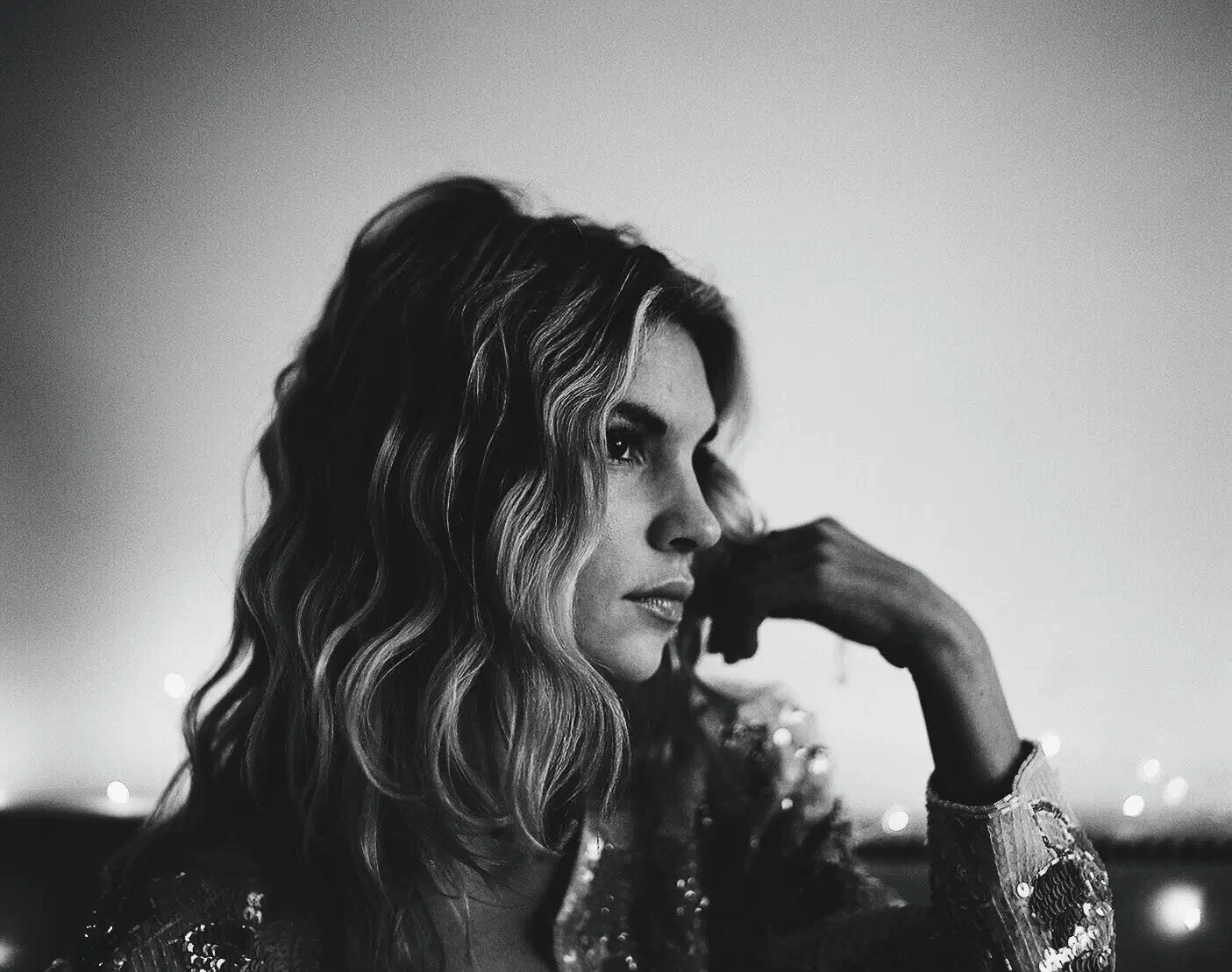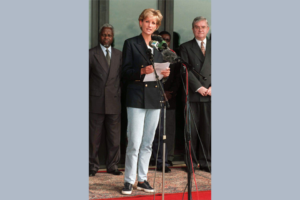Few partnerships in contemporary culture have felt as natural — and as enduring — as that between designer Marc Jacobs and filmmaker Sofia Coppola. For over three decades, the pair have orbited one another as collaborators, confidants, and cultural touchstones, defining an era of quiet luxury, downtown cool, and intellectual chic. From Jacobs casting Coppola in his campaigns to Coppola infusing Jacobs’ aesthetic into her films, their bond is as much about personal affection as it is about creating a shared visual language. Now, in 2025, their friendship and creative synergy take on a new chapter with the premiere of Marc by Sofia at the Venice Film Festival — a cinematic tribute, love letter, and re-invention of Jacobs’ rebellious brand DNA.
The Venice debut isn’t just a fashion film; it’s an encapsulation of how two besties who grew up in parallel industries — one redefining American fashion, the other rewriting cinematic femininity — have shaped and reflected each other’s legacies. And if the buzz on the Lido is any indication, this collaboration is poised to be remembered as both a culmination and a rebirth.
A Friendship Written in the Stars (and Runways)
Origins: The Early ’90s
Marc Jacobs and Sofia Coppola first crossed paths in the creative maelstrom of early ’90s New York. Jacobs was fresh from the fallout of his infamous “grunge” collection at Perry Ellis (1992), a show that scandalized the industry but immortalized him as a designer unafraid to smash the sacred codes of luxury. Coppola, meanwhile, had emerged from the shadow of her family name after The Godfather Part III criticism and was turning toward art, design, and eventually directing.
It wasn’t long before their worlds collided. Jacobs, always attuned to cultural outsiders and indie spirits, recognized Coppola’s understated elegance. She embodied what he often called “the girl I design for” — someone who wore fashion not as spectacle but as second skin.
Campaigns and Cameos
By the late ’90s and early 2000s, Coppola was more than a friend; she was a muse. Jacobs cast her in ad campaigns, outfitted her for red carpets, and championed her burgeoning directing career. When Coppola’s The Virgin Suicidespremiered in 1999, the film’s dreamy pastels and languid femininity seemed to echo Jacobs’ own collections. The synergy was undeniable.
The Sofia Coppola Aesthetic: A Perfect Foil for Marc Jacobs
Coppola’s cinema is often described as a meditation on mood. Films like Lost in Translation (2003), Marie Antoinette(2006), and Somewhere (2010) emphasize silences, atmospheres, and aesthetics as much as narrative. The heroines of her films — lonely queens, drifting daughters, disillusioned lovers — wear clothing that speaks volumes.
Marc Jacobs, meanwhile, has always thrived on contradiction: the blending of high and low, the embrace of both glamour and grit. What binds him to Coppola is that both artists resist spectacle for spectacle’s sake. Their work finds beauty in melancholy, chicness in imperfection.
When Coppola dressed Lost in Translation’s Charlotte in minimalist tees and underwear, it resonated with Jacobs’ preference for simplicity that reads as sophistication. When Jacobs sent models down the runway in undone slips and deliberately clunky shoes, it mirrored Coppola’s rejection of over-styled Hollywood femininity.
Besties Beyond the Business
Their friendship isn’t confined to red carpets and collaborations. Both have described their bond as one of deep trust and effortless companionship. Coppola has often said Jacobs is “family,” while Jacobs has spoken of Sofia as his emotional anchor during turbulent times in the industry.
It’s telling that in 2023, when Coppola released Sofia Coppola Archive (a pink-covered tome chronicling her filmography and inspirations), Jacobs was not just present at the book signings — he was there like proud kin, holding the book, grinning in snapshots, radiating the affection of someone who had walked the journey alongside her.
Marc by Sofia: A Venice Premiere
Why Venice?
The Venice Film Festival, with its blend of glamour and gravitas, was the perfect stage for Marc by Sofia. Unlike Cannes, which leans toward flamboyant spectacle, or Sundance, rooted in indie grit, Venice allows for a hybrid — artful yet stylish, prestigious yet playful.
What We Know About the Film
Marc by Sofia is not a traditional documentary or fashion biopic. Instead, it’s been described as a “cinematic moodboard,” weaving archival footage of Jacobs’ early runway shows with Coppola’s new narrative vignettes starring actors in Marc Jacobs’ archival designs. Think dream sequences filmed in Milan lofts, whispered voiceovers about creativity, and subtle nods to the messiness of fashion history.
The film reportedly spans Jacobs’ Perry Ellis grunge scandal, the rise of his eponymous label, and his long tenure at Louis Vuitton. But it also integrates Coppola’s own history: her friendship with Jacobs is presented not as footnote but as parallel journey.
Fashion as Memory, Film as Archive
What makes Marc by Sofia compelling is its dual act of preservation. Jacobs’ collections, particularly from the ’90s and early 2000s, defined how a generation dressed and rebelled. Coppola, whose films often explore memory and nostalgia, brings her cinematic touch to archive fashion footage. The result is a meditation on how art can be both ephemeral and eternal — the clothes may yellow, the films may fade, but the aesthetic remains.
In one sequence, Coppola reportedly stages a fictional “Jacobs girl” wandering through a desolate shopping mall, wearing a slip dress from his 1993 collection. It’s a visual metaphor for how Jacobs’ radical designs, once mocked, became mainstream. Another sequence juxtaposes Jacobs sketching alone with Coppola editing in solitude — suggesting that, across mediums, the creative process is a solitary devotion.
Critical and Cultural Reception
Early reviews from Venice describe Marc by Sofia as “an intimate valentine to friendship” and “a cultural essay disguised as a film.” Some critics argue that the film resists conventional storytelling to the point of self-indulgence, while others praise it as a refreshing antidote to formulaic fashion documentaries.
But regardless of critical divides, the cultural reception is resoundingly enthusiastic. Fashion insiders see it as a testament to the enduring power of Jacobs’ rebellious streak. Cinephiles view it as a new branch of Coppola’s oeuvre — a documentary-fiction hybrid that extends her fascination with melancholy glamour.
The Muse Paradigm Reimagined
Historically, fashion muses have been women adored and dressed by male designers. Jacobs and Coppola flip this paradigm: here, the muse is both ways. Jacobs has designed for Coppola, but Coppola has directed Jacobs’ vision. Their friendship complicates the typical muse dynamic, transforming it from one-sided inspiration into a feedback loop.
In an era where collaboration is increasingly valued over hierarchy, Marc by Sofia embodies that ethos. It’s not about Jacobs shaping Coppola’s image or Coppola mythologizing Jacobs — it’s about mutual influence, a dialogue spanning decades.
Venice Buzz and the Awards Season Question
Could Marc by Sofia compete for awards? Possibly. The Venice reception makes it a candidate for the documentary circuit, though its hybrid form may confuse categories. But in truth, its importance lies less in statues and more in legacy. This film immortalizes one of the most meaningful friendships in art and fashion.
The Future of Marc and Sofia
So where do they go from here? Jacobs continues to stage provocative, theatrical shows in New York, while Coppola works on her next narrative feature. But the premiere of Marc by Sofia suggests an expanded horizon: perhaps Coppola will direct more fashion-driven films, or Jacobs will continue to explore archival storytelling. More importantly, the project reaffirms that theirs is not a nostalgia act but an evolving dialogue.
Impression
In an industry where collaborations often feel transactional and fleeting, Marc Jacobs and Sofia Coppola’s bond is the rare exception: genuine, enduring, symbiotic. From Jacobs’ grunge scandal to Coppola’s Oscar win, from Lost in Translation’s quiet loneliness to Jacobs’ theatrical runways, they’ve mirrored and supported each other at every turn.
The Venice premiere of Marc by Sofia crystallizes that relationship into a work of art: a film that is as much about friendship as it is about fashion, as much about cinema as it is about memory. It reminds us that muses aren’t always distant figures — sometimes they’re simply best friends, arm in arm, carrying each other’s archives into the future.
And that’s why Marc and Sofia aren’t just collaborators. They’re besties and muses for life — an eternal duet of fashion and film, laughter and legacy.
No comments yet.

